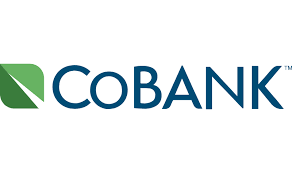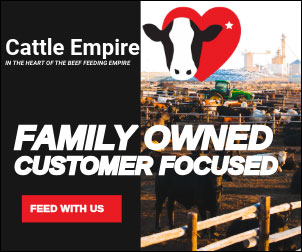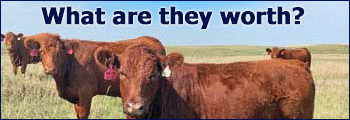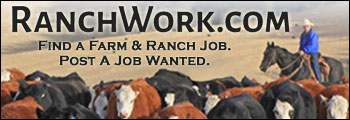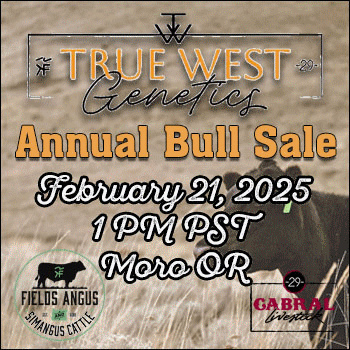A looming labor shortage driven by declining participation rates, falling birth rates and weakened immigration could begin to weigh on U.S. economic growth as early as later this year, according to CoBank’s latest Quarterly report. The warning comes as rural industries grapple with persistent labor shortages that threaten productivity and expansion.
“Barring an unforeseen change in labor force participation rates or immigration policies, the pool of available workers is set to shrink precipitously in the next few years,” said Rob Fox, director of CoBank’s Knowledge Exchange. He noted the impact will be especially severe in regions with slower population growth, including the upper Midwest, Corn Belt and the central Plains. “Increased adoption of technology, namely AI and robotics, will likely be at the core of any strategy to address the oncoming labor squeeze.”
According to CoBank, the U.S. labor force participation rate has been in steady decline since 2000, a trend that is accelerating. Nearly 2.4 million working-age Americans exited the labor force in just the past eight months. The report attributes declining U.S. labor force participation to multiple factors, including rising caregiving demands, outdated job skills, mental health issues and higher disability rates. These overlapping pressures are unlikely to ease soon, indicating an ongoing strain on the labor supply in the years to come.
CoBank said the U.S. economy continues to show signs of strength with low unemployment and easing inflation, yet consumer sentiment remains historically low, primarily due to the rising cost of housing. Between 2021 and 2024, the monthly cost of homeownership increased by 60%, pushing homeownership rates down for the first time since the 2008 subprime mortgage crisis.
On the policy front, President Donald Trump secured a major legislative win with the passage of the One Big Beautiful Bill Act. However, the legislation created significant political division, particularly over funding for farm programs. While farmers and ranchers gained some policy victories, rural development programs were cut or omitted, and domestic food assistance saw its largest funding reduction ever. Overall, farm bill program funding was slashed by nearly $200 billion, raising concerns about the long-term impact on rural America.
Animal proteins
Softened and less volatile feed costs are lifting optimism across the animal protein sector, according to Brian Earnest, CoBank’s lead economist for animal protein. While such conditions typically encourage herd and flock expansion, growth has stalled due to persistent constraints in processing capacity, labor shortages and high capital costs.
Despite the disruptions caused by import restrictions tied to animal diseases, tariffs and non-tariff barriers, Earnest noted that demand for U.S. animal protein has held steady through mid-year. Tariffs and inflation have posed challenges, but domestic and international interest in red meat and chicken remains solid.
Export volumes of U.S. red meat and chicken declined 7% year over year through April; however, value per pound shipped rose 6%. The U.S. continues to be a net exporter of pork and broiler meat but has been a net beef importer since early 2023. Imports of lean beef are rising as consumers prioritize both value and a continued strong appetite for beef.
The CoBank report noted that several factors are influencing the beef sector, including pasture conditions, tight calf supplies and heavier weights. Pasture conditions remain underwhelming, with 32% rated poor or very poor this summer compared to 23% a year ago, likely delaying beef cow herd rebuilding. Still, cow-calf margins remain strong, with calf prices hitting a record $405/cwt in May, a 25% increase from last year. Tight calf supplies have fueled futures markets, with August feeder cattle trading at $302/cwt, up 18% year over year, and live cattle futures at $227/cwt, a 25% jump. U.S. cattle are averaging heavier weights at 872 pounds in the second quarter, up 3% from a year ago. This has increased the demand for imported lean beef from Brazil, Australia and Canada to maintain balanced grind ratios.
CoBank also reported a notable shift in quality grading: for the first time since 1988, Prime beef production surpassed Select this spring. Earnest credits this to sustained efforts by producers to improve beef quality, which has helped lift retail demand. Data from the Bureau of Labor Statistics and the USDA showed that the retail All-Fresh Beef demand index reached a record high of 128 in 2024, driven by both strong consumer interest and increased availability of high-quality cuts.
Articles on The Cattle Range are published because of interesting content but don't necessarily reflect the views of The Cattle Range.
